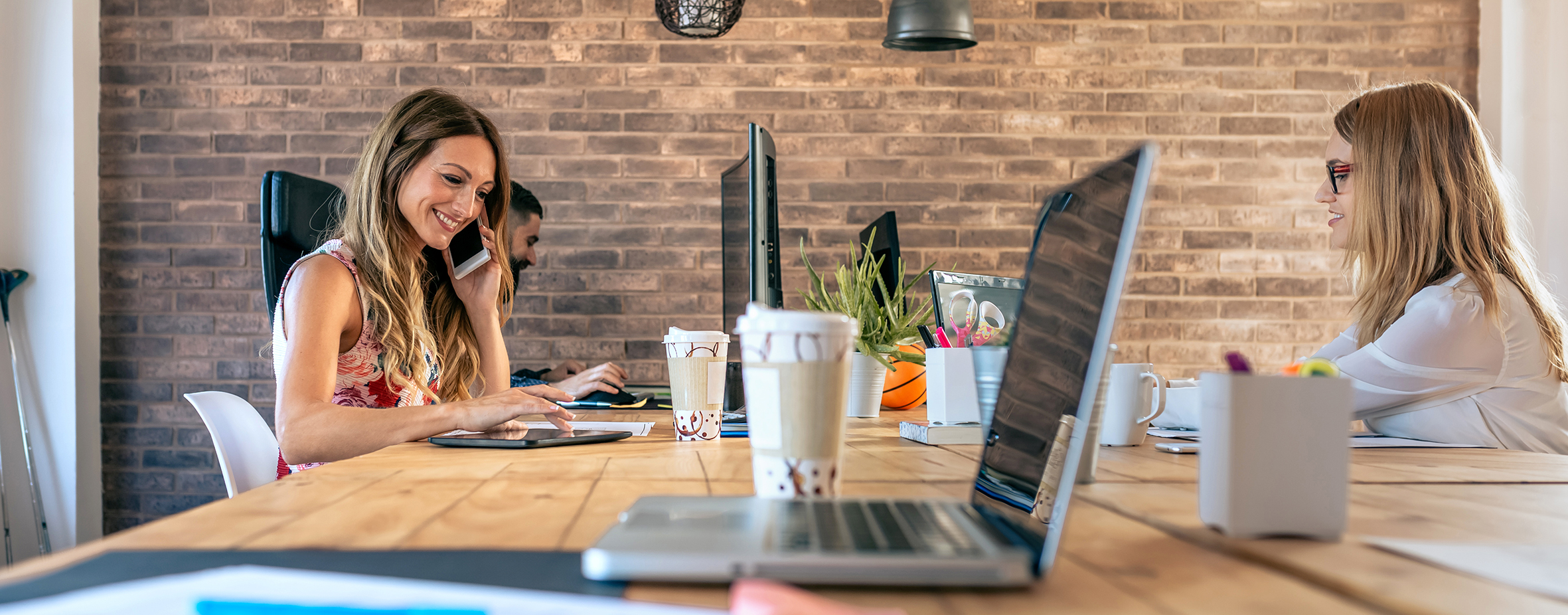Plan to redesign your office space to make it more functional, comfortable, and appealing. If so, you can be curious about office fit-outs and how to ensure their success.
Fitting out an office is transforming a space into a suitable office environment. It involves planning, designing, constructing, and furnishing the interior of your office based on your preferences and requirements.
An office fit-out can have numerous advantages for your business, including enhancing productivity, employee satisfaction, brand image, and consumer experience. Nonetheless, it can be a complicated and expensive process that requires cautious planning and execution.
In this article, we will decipher the office fit-out process and provide you with guidelines and best practices to ensure the success of your office redesign. Here’s where you can get started immediately: https://evolverelocation.co.uk/office-fit-out/
Assessing your office needs to get going
Without assessing your office needs, you can’t get started. Here’s how to do it:
Identification of current problems
Identifying your office space’s current problems and limitations is the first stage in assessing your office fit-out requirements. Examine the existing layout, functionality, and design elements in detail.
Exist any inefficiencies or obstacles in the workflow? Existing areas that are underutilized or overpopulated? Exist any safety or accessibility concerns? Sort out these and get started!
Staff requirements and expectations
When arranging an office fit-out, it is vital to understand the requirements and expectations of your personnel. Engage in transparent communication and solicit employee feedback to discover their preferences, pain points, and needs.
Consider team collaboration, privacy requirements, breakout spaces, and technology demands. This insight will assist you in designing a workspace that enhances employee well-being and promotes a positive work culture.
Budget constraints
Budget constraints are an essential factor to consider during the office fit-out procedure. Determine the available financial resources for the endeavor and create a realistic budget.
Consider various cost factors, including construction, furnishings, technology, and design elements. It is crucial to establish a balance between quality and affordability.
Conduct exhaustive research, solicit bids from multiple vendors, and investigate cost-saving alternatives without compromising the office fit-out’s overall objectives.
The art of space analysis and planning
Space analysis and planning are essential in the office fit-out process, as they set the foundation for a functional and efficient workspace.
Conduct a comprehensive space analysis to determine the available space and its layout. Measure the dimensions of each apartment, corridor, and common area. Identify any architectural constraints, such as load-bearing walls or structural columns, that can affect the layout and design options.
Additionally, evaluate the space’s natural illumination, ventilation, and acoustics to maximize comfort and efficiency. Analyzing the existing space can identify its assets and weaknesses, informing subsequent planning decisions.
Start organizing the new configuration of your workstation once you have gathered the necessary information. Consider the specific needs of various departments and teams, considering their workflow and interactions. Based on the requirements of your organization, divide the space into functional zones, such as workstations, meeting rooms, communal areas, and breakout spaces.
Ensure that there is a balance between private and open spaces to foster concentration and teamwork. In addition, strategically place communal facilities such as kitchenettes, lavatories, and storage areas for convenience. By meticulously designing the layout, you can maximize space utilization, enhance workflow efficiency, and create an environment that supports your organization’s specific requirements.
Design elements and aesthetics
Design elements and aesthetics are vital in establishing an inspiring and aesthetically pleasing work environment. By selecting and integrating these elements with care, you can increase employee happiness, productivity, and well-being.
- Color schemes
Choosing the appropriate color schemes can have a significant effect on the atmosphere and disposition of an office. Consider the psychology of hues and how they can elicit various emotions and inspire creativity.
For instance, blue hues can promote serenity and concentration, whereas vivid hues such as yellow or orange can energize and inspire. Strike a balance between vibrant and neutral tones, and use colors strategically throughout the office to create a cohesive and aesthetically appealing atmosphere.
- Lighting
Proper illumination is essential for establishing a pleasant and productive work environment. Utilize a combination of natural and artificial lighting to achieve optimal illumination throughout the office.
Consider installing adjustable lighting fixtures that allow employees to control the intensity and direction of light, allowing them to personalize their workspaces. In addition, optimize natural light by placing workstations near windows and utilizing surfaces with light colors that reflect light.

- Furniture and layout
The furniture and layout of your office should prioritize ergonomic support, functionality, and comfort. Choose ergonomic chairs and workstations to reduce the risk of musculoskeletal disorders and promote good posture.
Incorporate flexible, readily reconfigurable furniture solutions for various work styles and collaboration requirements. Consider creating comfortable breakout spaces with leisure seating, standing workstations, and quiet corners for informal meetings and relaxation.
- Branding and graphics
Use graphics, signage, and artwork to incorporate your company’s branding and culture into the office design. Utilize visuals and artwork strategically to stimulate creativity and conversation.
Consider incorporating motivational quotes, team photos, or industry-specific visuals that resonate with your employees and align with your organization’s core values.
Final words
A well-planned office renovation will consider the specific requirements and aims of the business. The foundation for a successful office redesign is a thorough analysis of existing issues, an awareness of personnel needs, and a realistic grasp of available resources.
In addition, an effective, practical, and aesthetically pleasing workplace results from extensive space analysis, planning, and the careful selection of design components and aesthetics.





